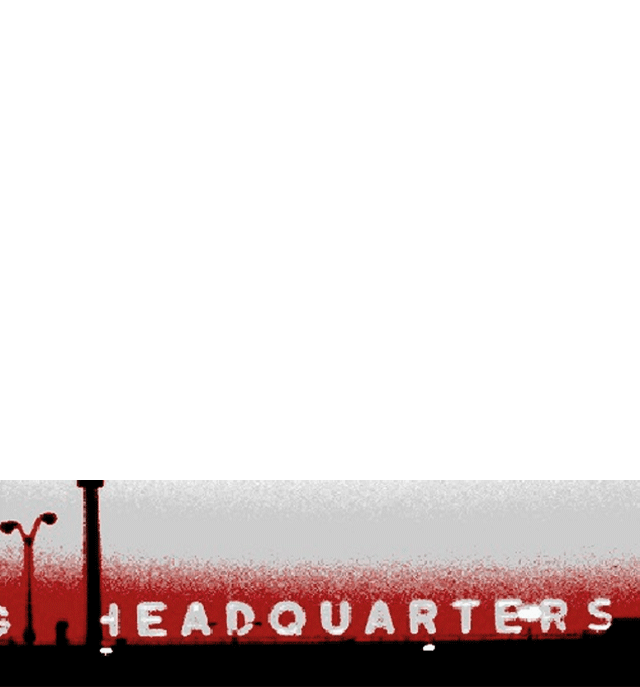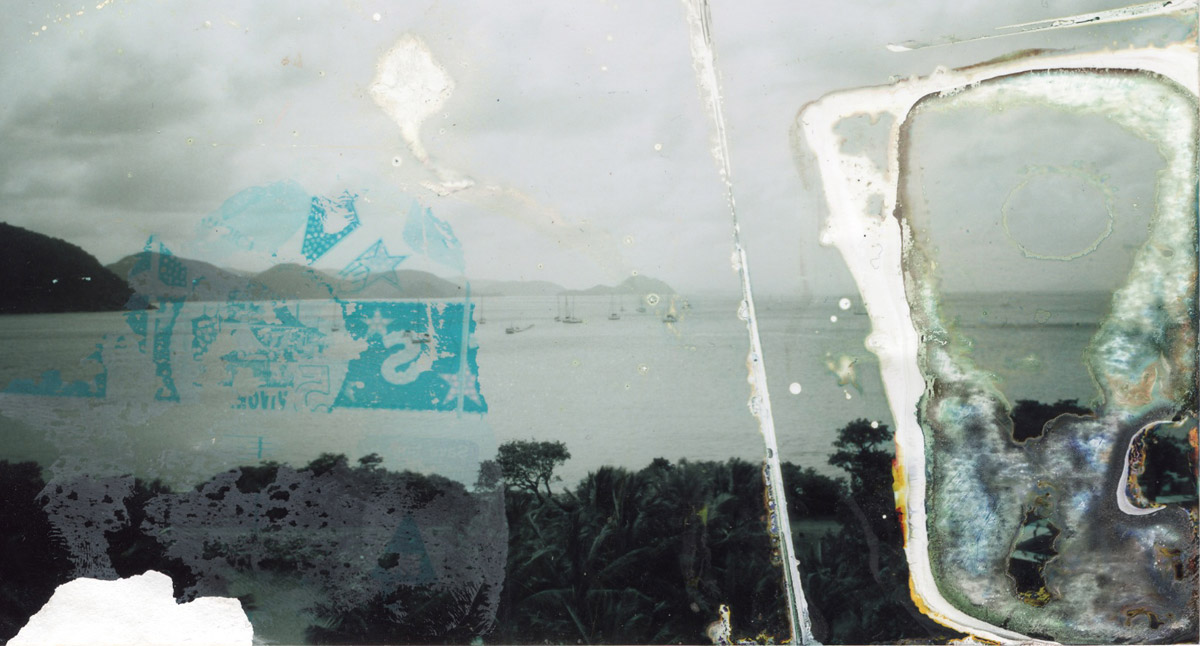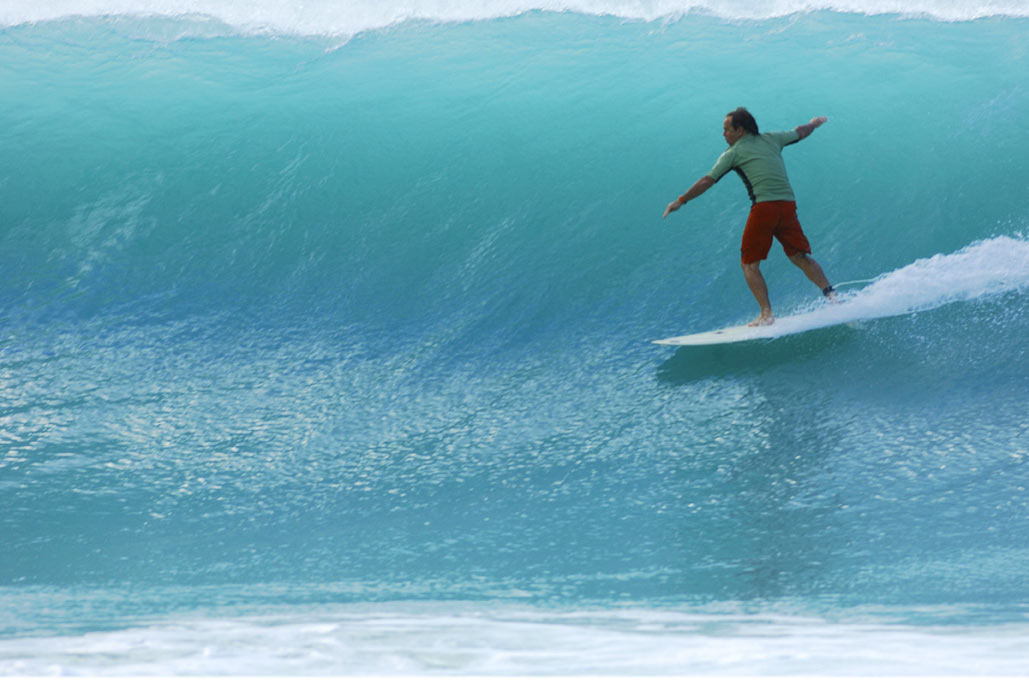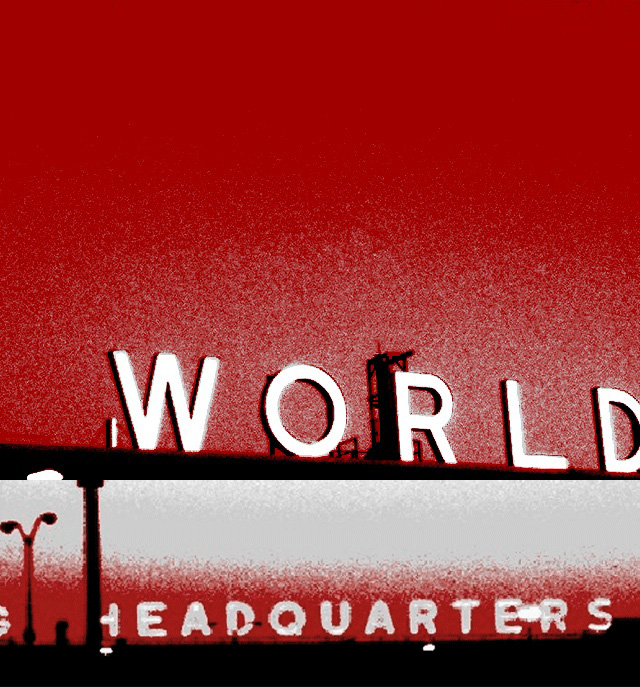The Creativity 50,
david selected as “one of the top 50 creative people in america over the past 20 years”,
by Creativity Magazine, NYC.2006

http://www.adcritic.com/creativity20/50.php
Creativity Magazine 20th Anniversary-
David Carson, a former professional surfer who studied sociology at San Diego State, rode his quirky art direction of magazines like Beach Culture, Ray Gun his style is “intuitive,” he says, “I’m self-taught” to the pinnacle of the design world, amassing media accolades like “The most famous designer on the planet” and “art director of the era.” His first book, The End of Print, with Lewis Blackwell (1995, revised 2000) is the top-selling graphic design book of all time, having sold more than 200,000 copies in five languages. That book title was somewhat prophetic, it seems; in recent years Carson, via David Carson Design, with offices in New York and Charleston, S.C., has launched a career as a film director, having become “fascinated by moving images,” as he puts it, with commercials and branding projects for clients like Lucent, Microsoft, Quiksilver and Armani, as well as music videos for Nine Inch Nails and other bands. He says (on the nature of creativity): “All work needs to be personal it’s where the best work comes from, and it’s the only way to do something truly unique. Nobody else can pull from your background, upbringing, parents or life experiences. The best work is always the most self-indulgent. Do what you love and the passion will show.”


















